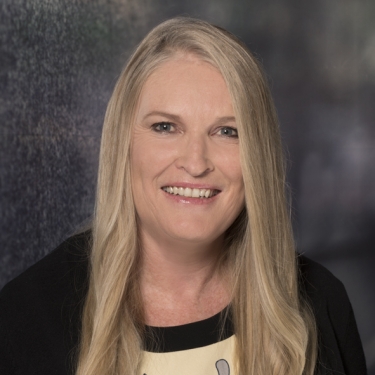Australia has long been known as an energy powerhouse – historically, much of our nation’s wealth has come courtesy of the country’s extraordinary coal, iron ore, uranium and rare mineral deposits – but, in 2024, it’s clear we’re at a watershed moment.
As the effects of climate change become ever more evident, securing our lives and livelihoods for tomorrow requires taking significant steps to mitigate its most damaging manifestations.
At the same time, despite Australia’s climate wars over the past ten years, the nation has committed to achieve net zero emissions by 2050 and reduce greenhouse gas emissions by 43% below 2005 levels by 2030. Moreover, each state has also set interim emissions reduction targets by 2030: NSW: 50%; Victoria: 50%; Queensland: 30%; South Australia: at least 50%; Western Australia: 80% below 2020 levels; ACT: 65-75% (on 1990 levels). Tasmania already achieved net zero in 2015. Hence, the need to balance economic progress with industrial decarbonisation.
The end of an era
Obviously, we can’t go it alone and we’re not trying to do so. Drastically reducing carbon dioxide and other greenhouse gas emissions globally has become an imperative for governments, companies and society at large, in order to keep temperature increases to 1.5 degrees Celsius above industrial levels.
COP-28, the most recent United Nations Climate Change Conference held in Dubai in late 2023, ended with an agreement that’s been hailed as signalling the ‘beginning of the end’ of the fossil fuel era. It prepares the ground for a swift, just and equitable transition, underpinned by deep emissions cuts and scaled-up finance.
Meanwhile, at the latest Annual Meeting of the World Economic Forum in Davos, the challenge of reducing the carbon footprint of homes came under the spotlight, with VELUX highlighting a new prototype for doing so using widely available technologies, while maintaining affordability.
Unpacking the green transformation
The decarbonisation movement represents an opportunity to do more than just swap out fossil fuels for cleaner, greener alternatives. For far sighted Australian politicians and business leaders, there’s the chance to take things several steps further, by greening the entire energy value chain.
Industrial decarbonisation involves designing and building clean energy assets to capitalise on forthcoming market opportunities. Concurrently, there’s an extraordinary opportunity to optimise existing operations, in order to make them more efficient and sustainable.
What’s needed to turn this vision of a greener future into reality sooner? The answer is two things we’re already able to access: data-led technologies and human insight.
The fact is, existing digital technologies can deliver up to 20 per cent of the reductions needed to achieve the 2050 net zero trajectories set down by the International Energy Agency.
Getting smarter about energy emissions
And, according to forecasts from Accenture and the World Economic Forum, three sectors stand to benefit the most: energy; materials; and mobility industries.
Advanced algorithms, artificial intelligence (AI) and data analytics can help measure and reduce GHG emissions for all kinds of industries, including those with over-sized carbon footprints – think petrochemicals, steel and cement.
The ‘industrial intelligence’ they generate can be harnessed by energy leaders to make their operations more efficient and sustainable, as well as safer.
These technologies are an innovation enabler too. When they’re melded into a connected eco-system, it’s possible for a digital source of truth to emerge. That, in turn, creates opportunities for internal and external teams to collaborate creatively around products and processes.
Homegrown innovation in action
Australians have always been an innovative bunch and some of the Australian resources sector’s brightest sparks are already leading the way on this front.
Take the team at Talison Lithium, for example. They’re now using software to track
and measuring operational processes, including understanding the triggers and drivers for processing plant stoppages and under-production, and to accelerate slow running events which were impacting production.
In addition, the company is capturing additional contextual data from plant operators, engineers and metallurgists in a unified format, as a knowledge base for the mining operations. The net result is a database that includes consolidated data from across the company’s operations, which deploys analytics to enable process improvements and measures effectiveness, as well as identifies where bottlenecks exist within the production process.
There are opportunities aplenty for other companies to follow suit and reap the benefits that arise when big data is harnessed with purpose.
Making sustainability the cornerstone of success
As regulators step up the pressure, and consumers step up their calls, for the energy sector to adopt cleaner, green practices, local providers have little choice but to accelerate their decarbonisation journeys.
Drawing on the power of industrial software applications can help them do so, smartly and cost effectively.
As Australia strives for a more sustainable future, it’s enabling technology that the companies that power our country need to have in their ICT stacks.







































